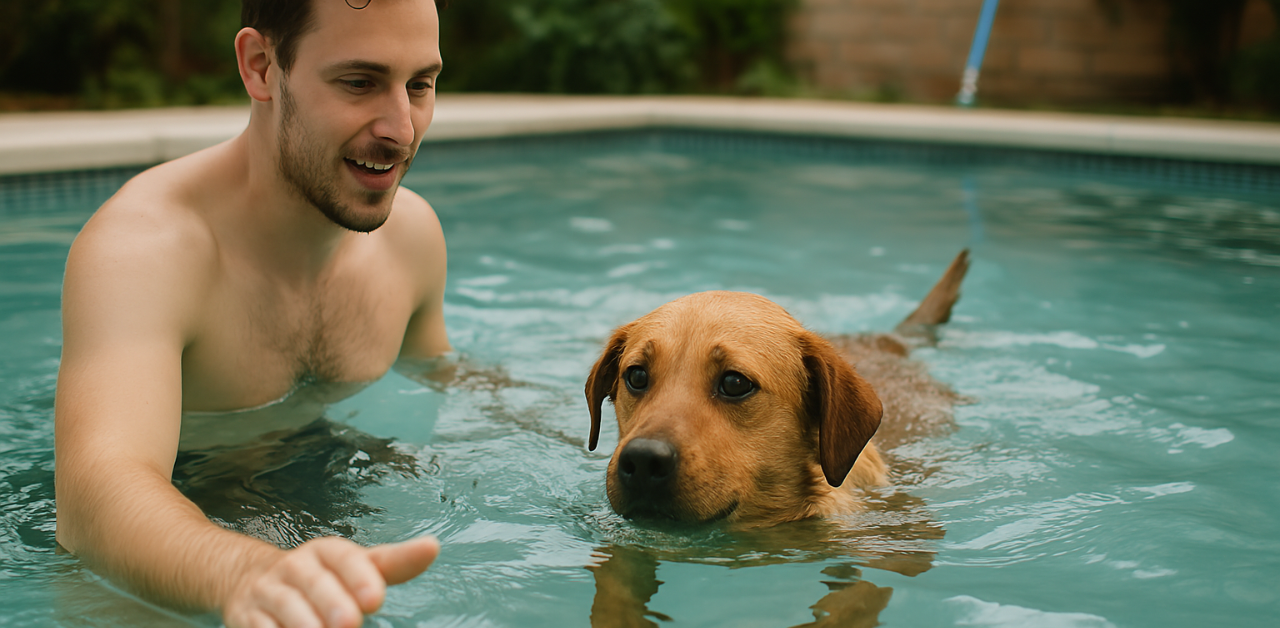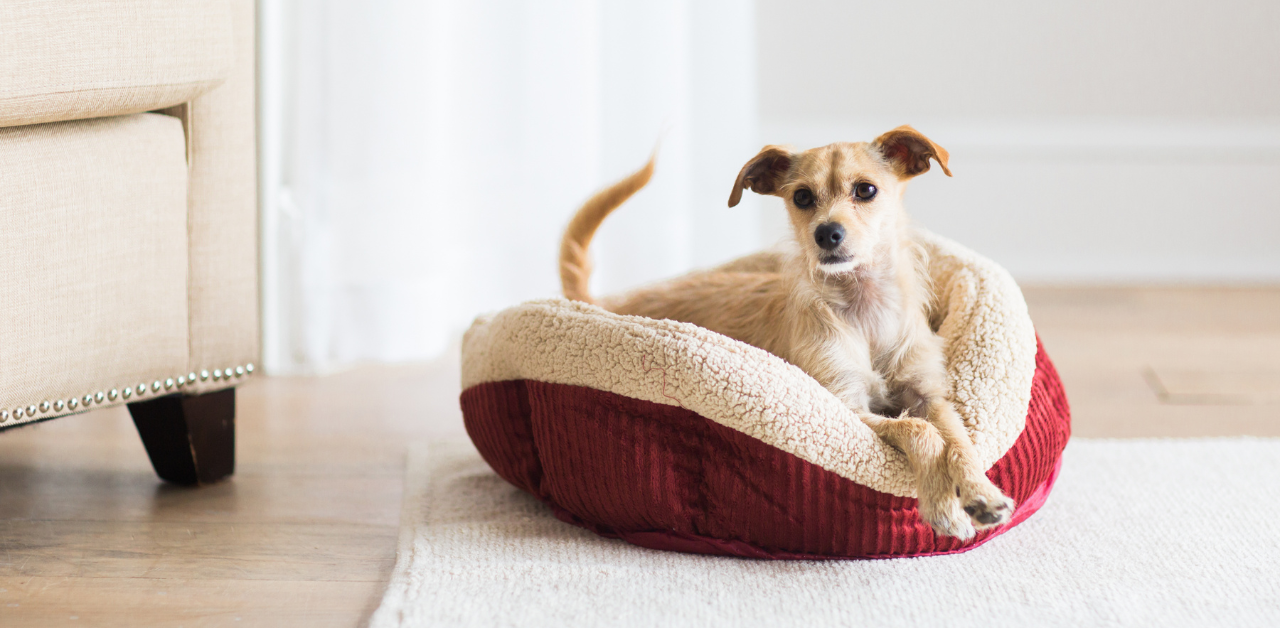How to Reduce Shedding in Dogs

Dog shedding is a natural process, but it can be frustrating—especially when dog hair ends up on every piece of furniture you own. While you can't stop shedding completely, you can reduce it. Understanding your dog’s coat type, nutrition, grooming needs, and potential health concerns is the first step toward controlling shedding. This guide addresses common questions and offers practical advice that dog owners can trust.
What Are Effective Methods to Control Dog Shedding?
Most dogs shed to some degree, but the amount varies depending on breed, coat type, and season. Shedding can be controlled, not eliminated, with a few consistent practices:
1. Brush Your Dog Regularly
- Daily brushing removes loose hair before it falls out.
- For short-haired dogs, use a rubber comb to lift loose fur and stimulate natural oils.
- Dogs with longer fur or double-coated breeds benefit from slicker brushes or deshedding tools to remove dead hair from undercoats.
Try the PetFusion Multipurpose Glove for Pet Grooming – it's ideal for removing loose hair while massaging your dog’s skin.
2. Clean Up Routine
- Use lint rollers or pet hair vacuums to stay ahead of shedding around the house.
- Wash your dog’s bedding often to reduce excess hair buildup.
3. Stay on Top of Parasite Prevention
Fleas and ticks can cause dogs to scratch excessively, damaging hair and leading to more shedding.
4. Control Indoor Climate
Hot, dry air indoors can dry out a dog’s skin and increase shedding. Use a humidifier in winter to keep the air moist and protect your dog’s skin.
How Does Diet Influence a Dog’s Shedding?
Nutrition plays a big role in skin and coat health. A poor diet often leads to dry skin, dull coats, and excessive shedding.
- Feed your dog high-quality food.
- Choose a balanced dog food that lists animal protein as the first ingredient.
- Avoid fillers and low-quality byproducts, which do little for coat health.
- Omega-3 fatty acids improve skin hydration and reduce inflammation, supporting coat strength.
- Add fish oil supplements (approved by your vet), or choose food that includes it.
The right dog food helps strengthen hair follicles and minimize hair loss.
Are There Particular Grooming Tools Recommended for Reducing Shedding?

Yes. The grooming tools you use can make a big difference, especially when matched with your dog’s coat type. Here are some of the recommended tools for controlling shedding:
- Dog grooming combs – Great for short-haired breeds. They remove loose fur and boost circulation.
- Slicker brushes – Work well for longer coat types, pulling out dead hair without hurting the skin.
- Shedding blades – Best for dogs that shed heavily, like Labs or Huskies.
- Stainless steel tines – Help remove mats and loose undercoat in long-haired or double-coated breeds.
Check out the Aspen Pet Furbuster Dog Pin/Bristle Brush — it’s made with stainless steel edges that glide through the coat without pulling. It reduces shedding by targeting loose hair in the undercoat without damaging healthy hair.
Rotate tools based on the season and your dog’s shedding patterns. Some dogs shed seasonally, while others lose hair year-round.
Can Bathing Frequency Impact the Amount of Shedding?
Yes, how often you bathe your dog affects shedding, but more baths don’t always mean less hair. Some bathing tips to reduce shedding:
- Bathe your dog once every 4 to 6 weeks unless recommended otherwise by your vet.
- Use a gentle, moisturizing shampoo that supports healthy skin. Dry or inflamed skin can cause increased shedding.
- Follow up with a conditioner to restore moisture, especially for dogs with longer fur.
Overbathing strips natural oils, leaving the skin dry and the hair brittle. Always dry your dog fully and brush afterward to remove any dead hair released during bathing.
When Should I Consult a Veterinarian About My Dog’s Shedding?

Shedding is normal, but excessive shedding or hair loss could signal a bigger problem. If you notice:
- Bald spots or thinning hair
- Red, inflamed, or scaly patches
- Sudden increase in shedding
- Constant scratching or licking
- Changes in behavior or appetite
…it’s time to see the vet.
Possible Medical Causes for Excess Shedding
- Allergic reaction (food or environmental)
- Fungal infections
- Hormonal imbalances
- Parasites (mites or fleas)
- Nutritional deficiencies
Most dogs shed consistently year-round, but if your dog’s regular shedding pattern changes or their coat looks patchy, don’t ignore it. Addressing health problems early prevents more serious conditions down the line.
Say Goodbye to Excess Shedding with Smarter Grooming
Reducing dog shedding is about consistency—regular brushing, proper nutrition, and using the right tools are essential. Bathing smartly and staying alert to skin or health changes can make a huge difference. Most dogs will shed, but they don’t have to take over your home in the process.
To make grooming easier and more effective, try Petmate’s premium grooming tools and accessories. From deshedding tools to grooming combs, our products support your dog’s skin health and comfort while helping you keep the pet's hair under control.
Keeping your dog clean, healthy, and groomed means fewer tumbleweeds of fur and a happier, more comfortable pet.
Next article

Related posts
View all-

Do Dogs Get Lonely if There Is Only One Dog
Most dogs can feel lonely if there is only one dog in the house. They are pack animals descended from wolves. This means they have instincts that push them to connect with friends or family. When they live as the only dog, they may experience loneliness if they do not receive enough attention.
Read Article -

Teaching a Dog To Swim in Your Pool
Swimming is great fun for dogs, and your swimming pool can be a fantastic place to cool off and play. But not all dogs are natural swimmers. Teaching your dog to swim safely involves patience, gentle encouragement, and a positive experience. Here's how to help your dog learn to enjoy swimming at their own pace, keeping their safety and comfort in mind.
Read Article -

Welcoming a New Dog into Your Home
Bringing a new dog home is an exciting time for you and your family members. This event can inspire a sense of unity among everyone in the household, whether your new pet joins an older dog or is the only dog in the house.
Read Article



